It’s 20 years today since the introduction of the last generation of the Toyota Supra. It was a car that offered genuine supercar performance with pace to rival the Porsche 911 Turbo – at half the price.
It has since become a cult icon, despite just 600 sold in the three years it was officially available in the UK. But demand for the handsome, and eminently tuneable, Supra ensured a continual flow of imports from Japan. Today almost 2000 are thought to be on British roads.
The Supra nameplate was originally affixed to an upscale Celica. In 1978, Toyota wanted a grand tourer to compete with the Datsun Z cars which dominated the market. The Celica Supra saw a range of six-cylinder engines replace the standard Celica’s four-bangers.
It wasn’t until a year later that the car was exported outside of Japan, and it wasn’t until a year after the 1981 introduction of the second-generation model that it was available to British buyers.
Although sharing much with the standard Celica, the Mk2 Celica Supra was all-new from the B-pillars forward, with a longer wheelbase and a longer nose that afforded space for a revised range of six-cylinder engines. Only the 2.8-litre 5M-GE twin cam engine was offered in the UK. The straight six produced 178bhp and 212lb ft, making an 8.8sec 0-60mph possible.
Power was transferred through a choice of five-speed manual or four-speed auto ‘boxes to the rear wheels. Independent rear suspension was fitted as standard.
The Mk2 was the first Supra to achieve motorsport success. Win Percy and Barry Sheene turned it into a race winner in the British Saloon Car Championship (the forerunner to the BTCC), and Per Eklund took it to the top of the podium in Group A rallying.
For a short time, the Mk2 and Mk3 were sold alongside each other, but it was the third-generation model to become a standalone model: the Celica became front-drive, and the Supra continued rear-drive duties.
The Mk3 Supra featured double wishbones with the upper arms constructed from forged aluminium. A number of engines were available, but only naturally aspirated and latterly turbocharged versions of the 7M-GTE were available in the UK. A Japan-only 270bhp 3.0-litre engine was developed to ensure eligibility for tin-top and rally championships around the world.
Despite its race car pretensions, the Supra was a superb GT, offering impressive refinement and a decent amount of standard kit, indeed options were limited to metallic paint, leather trim and an automatic gearbox.

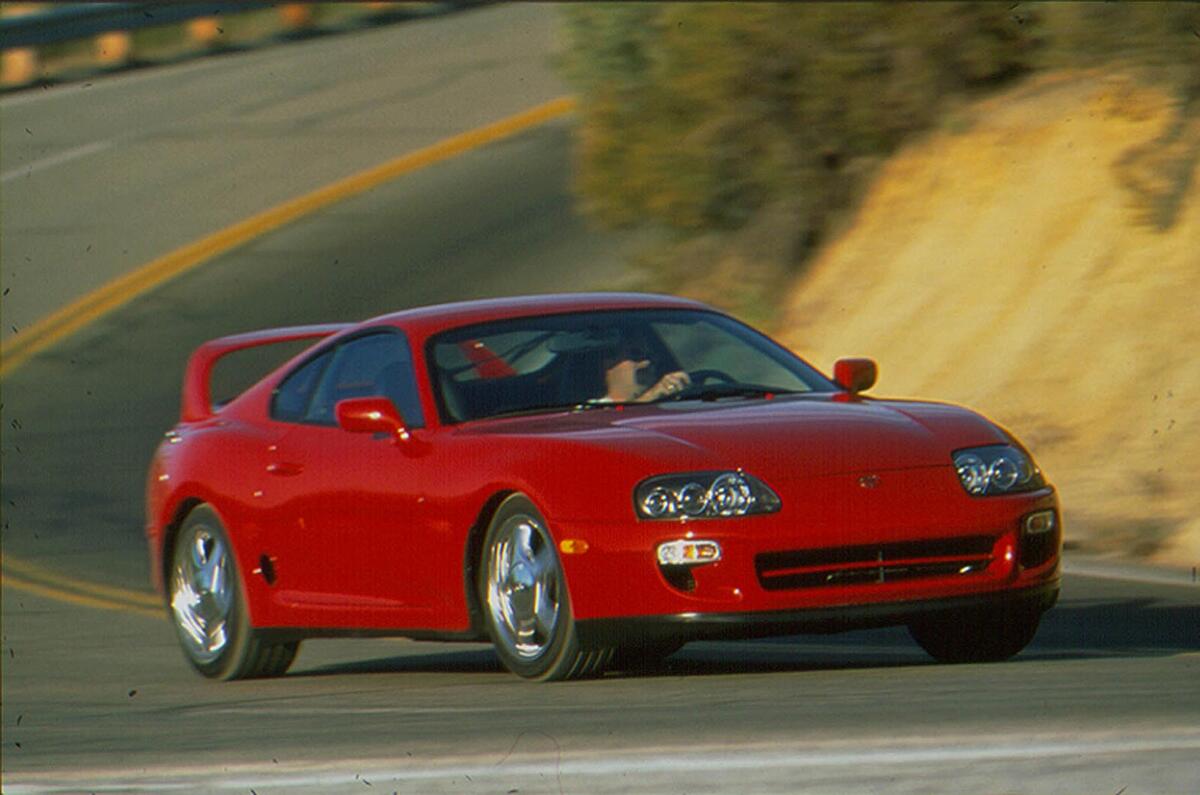
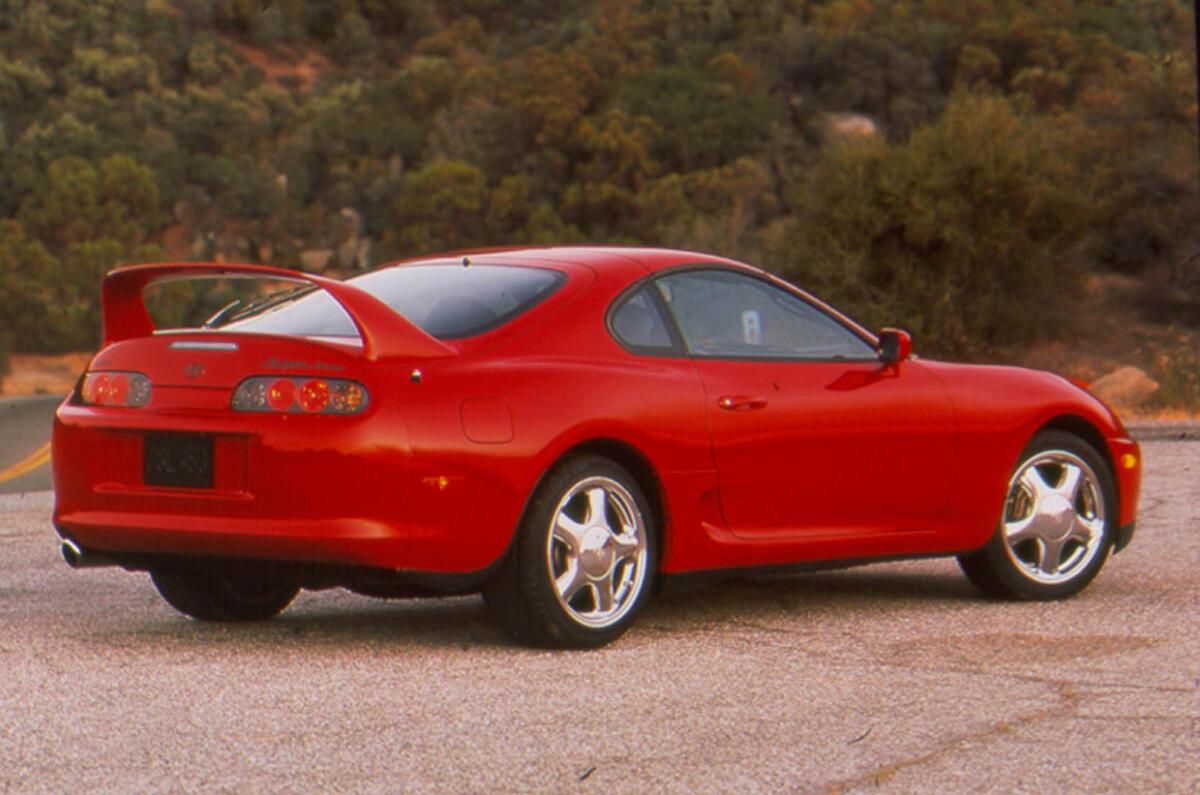
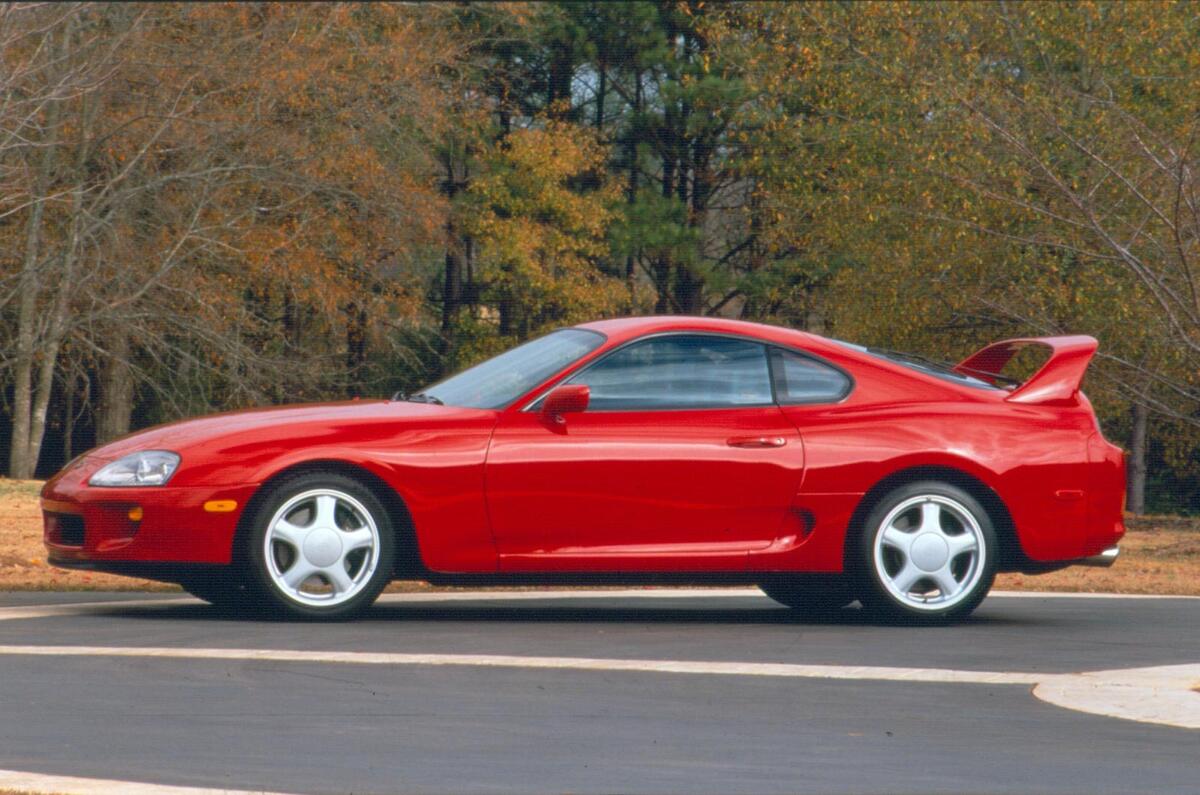
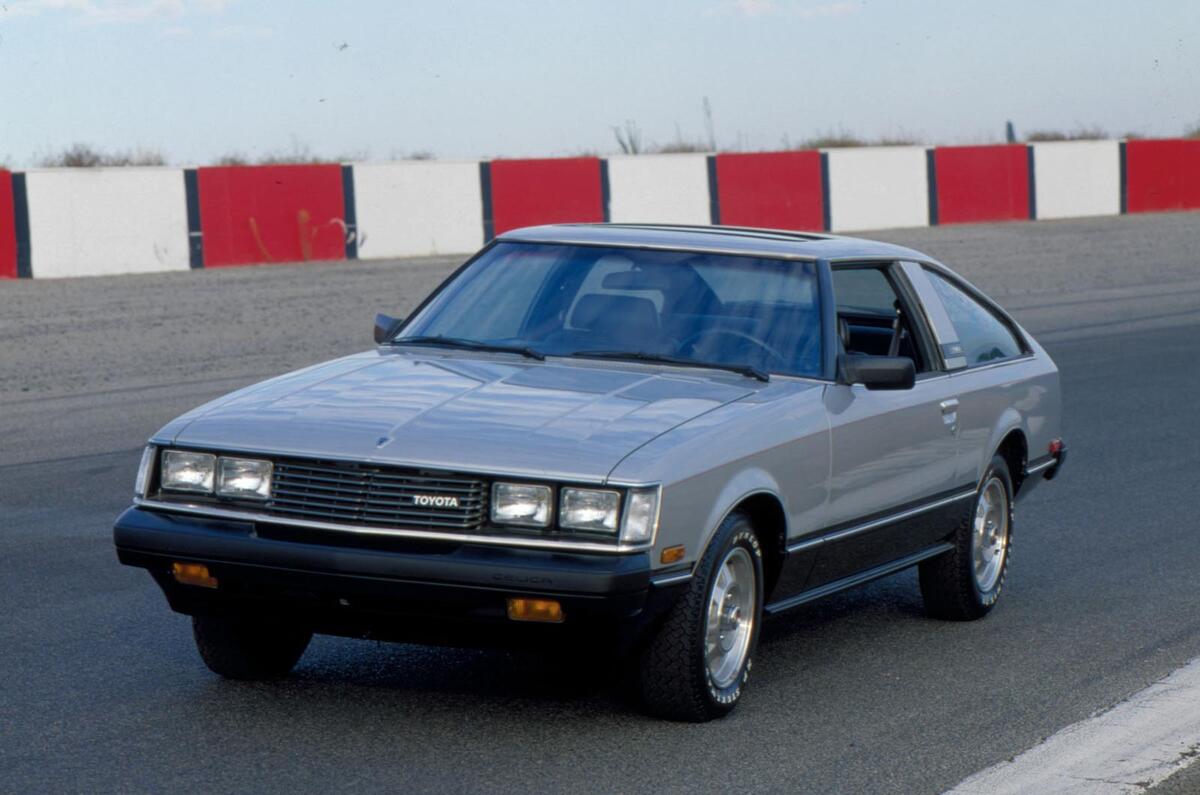
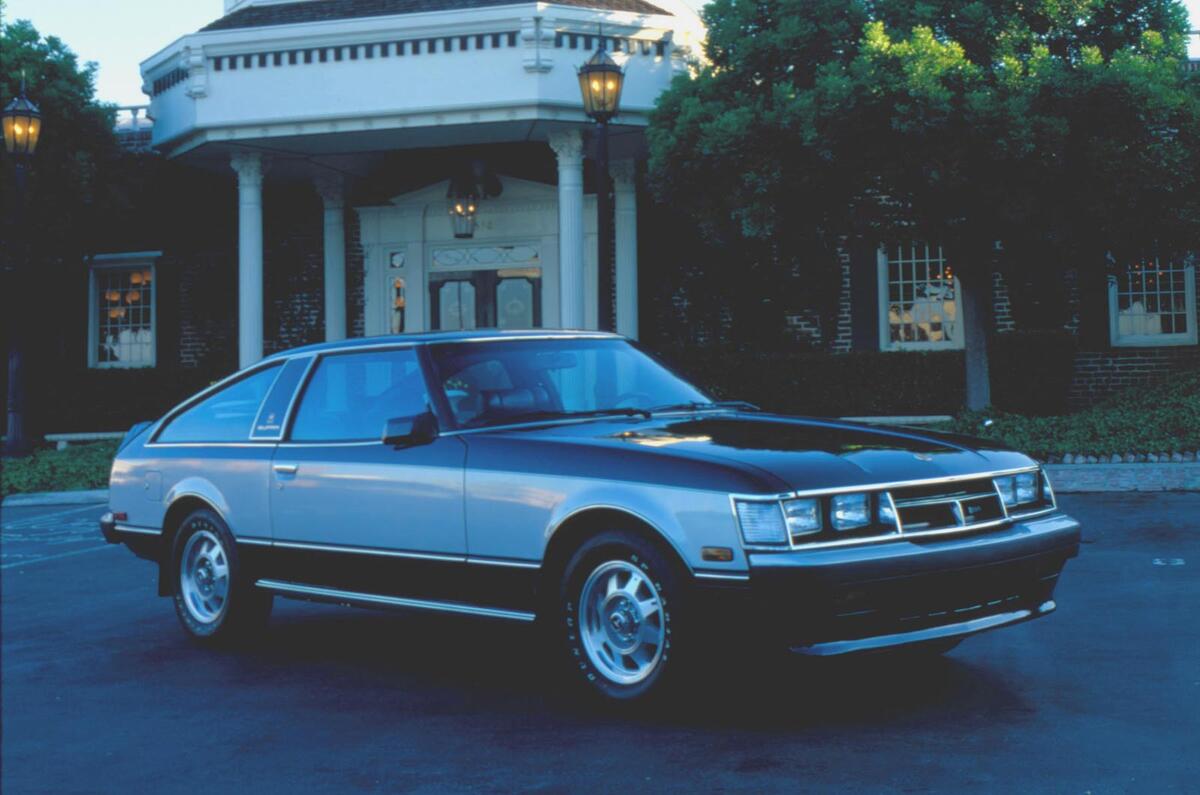
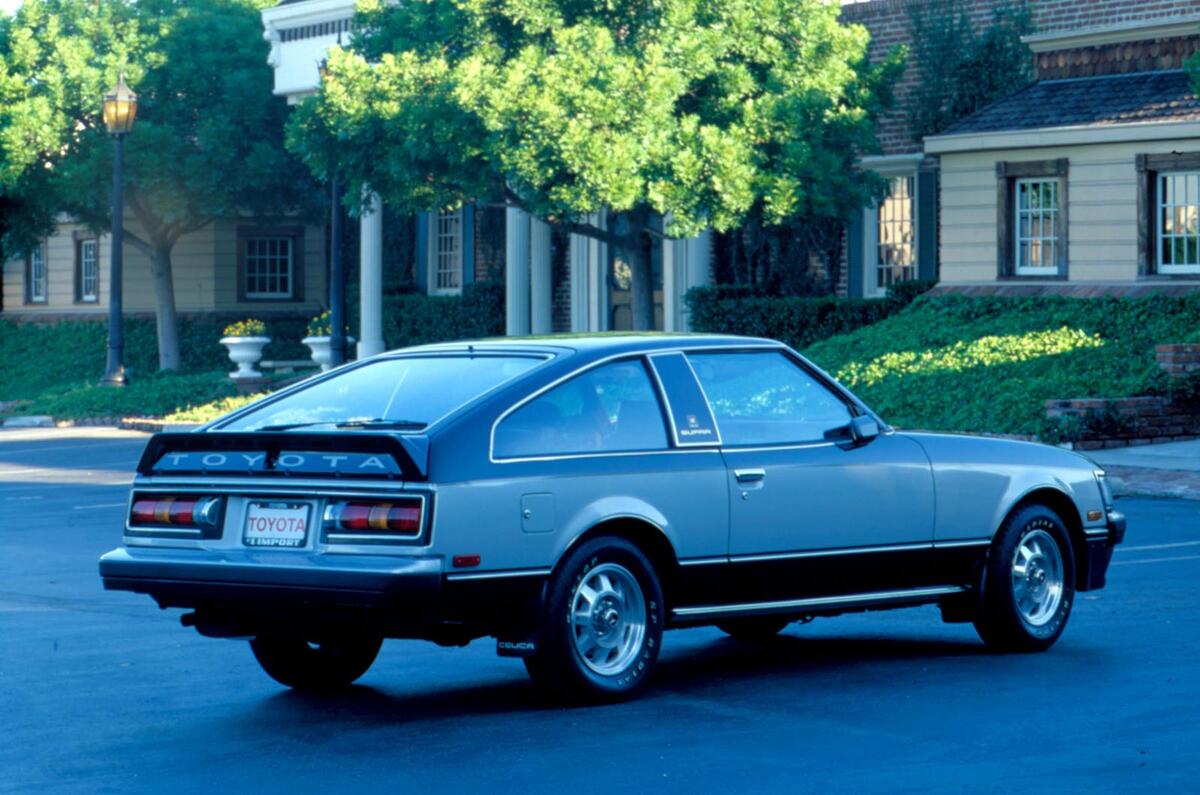
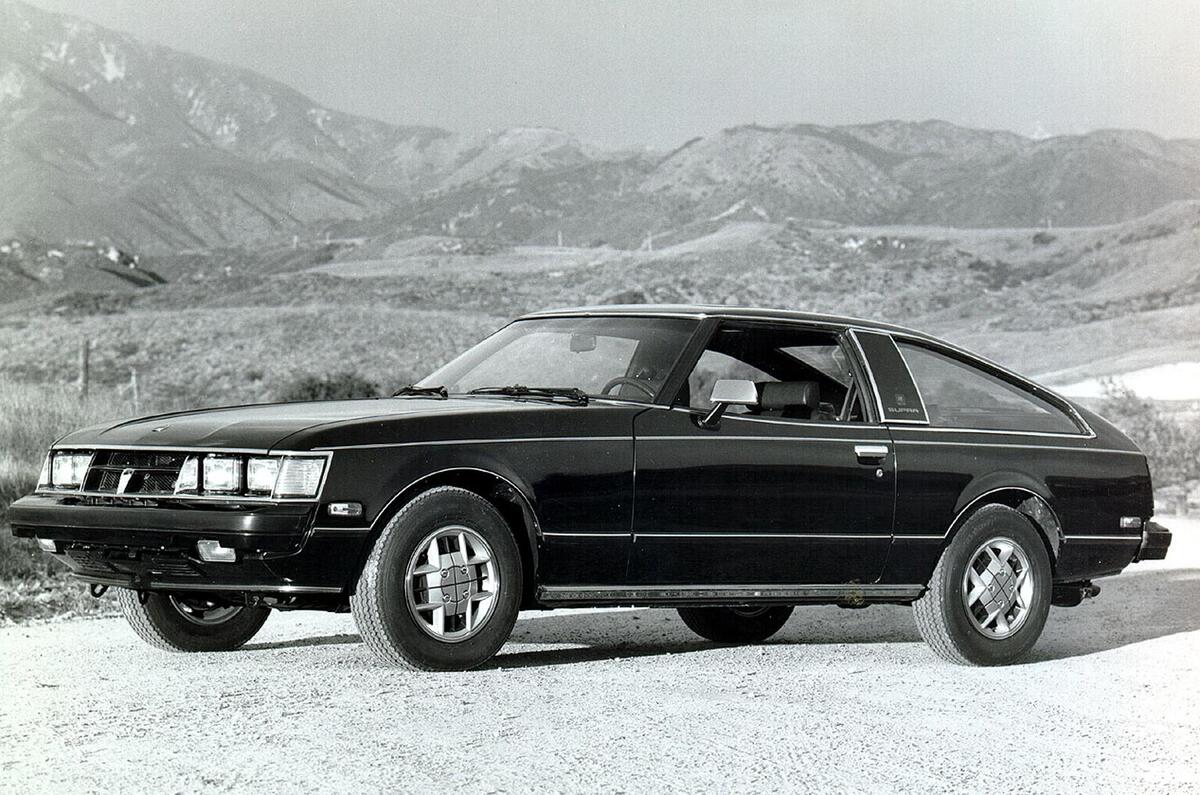
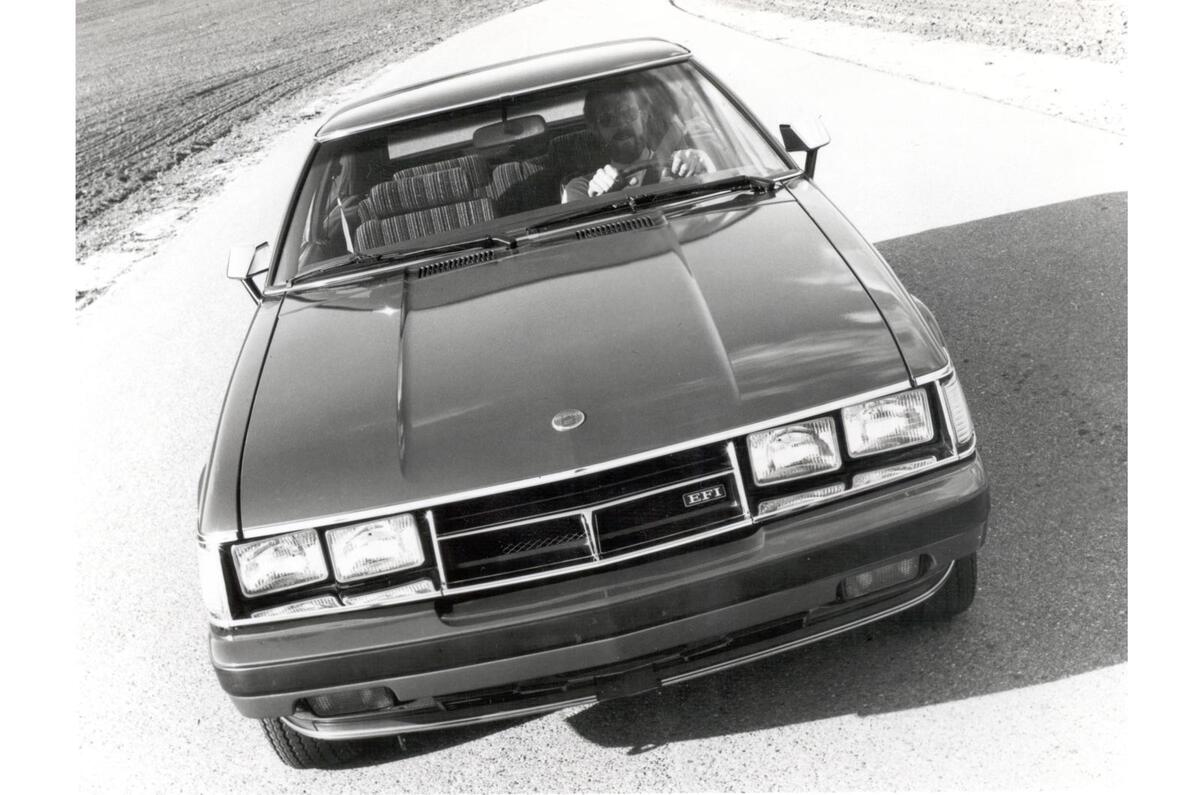
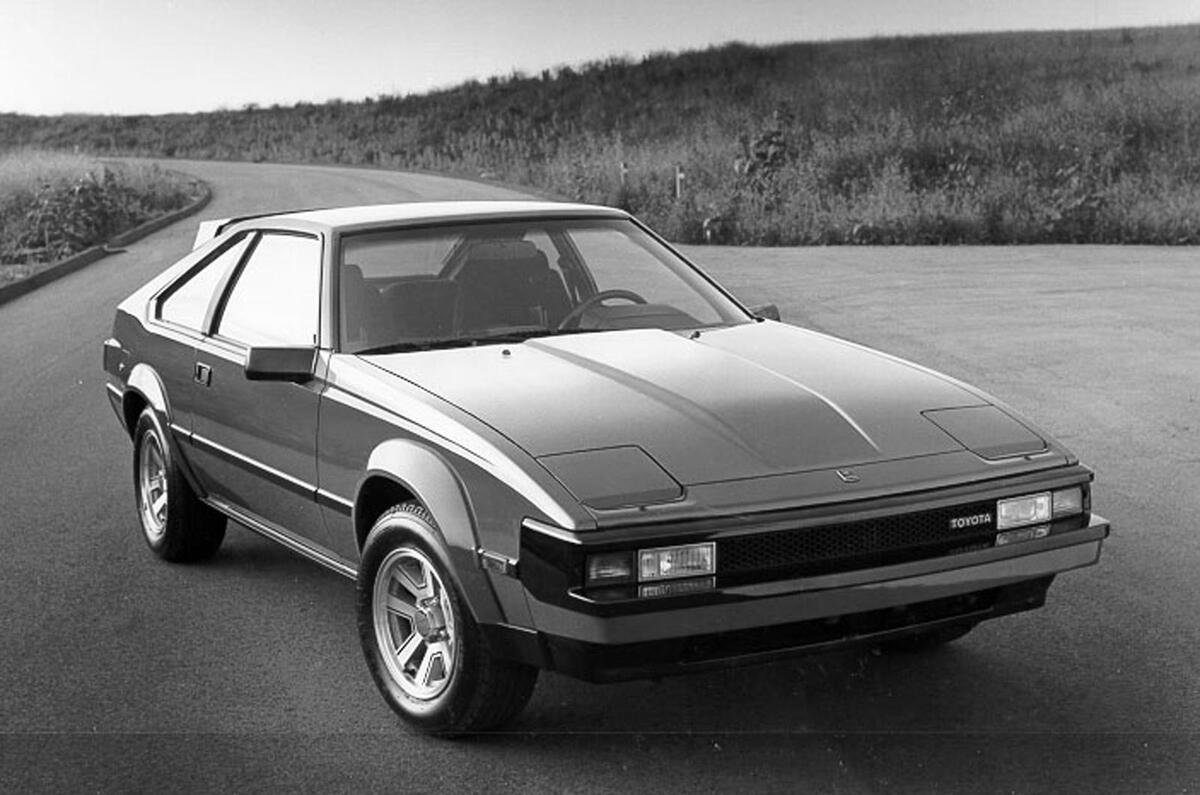
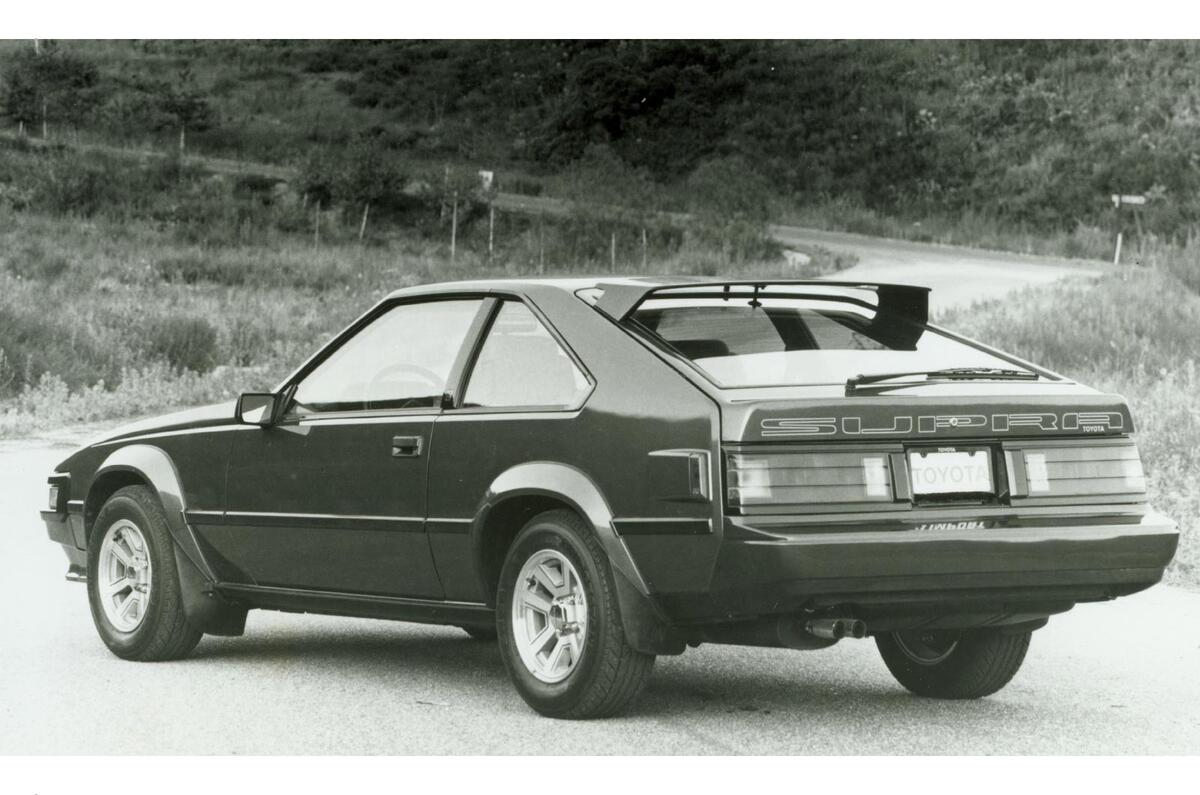
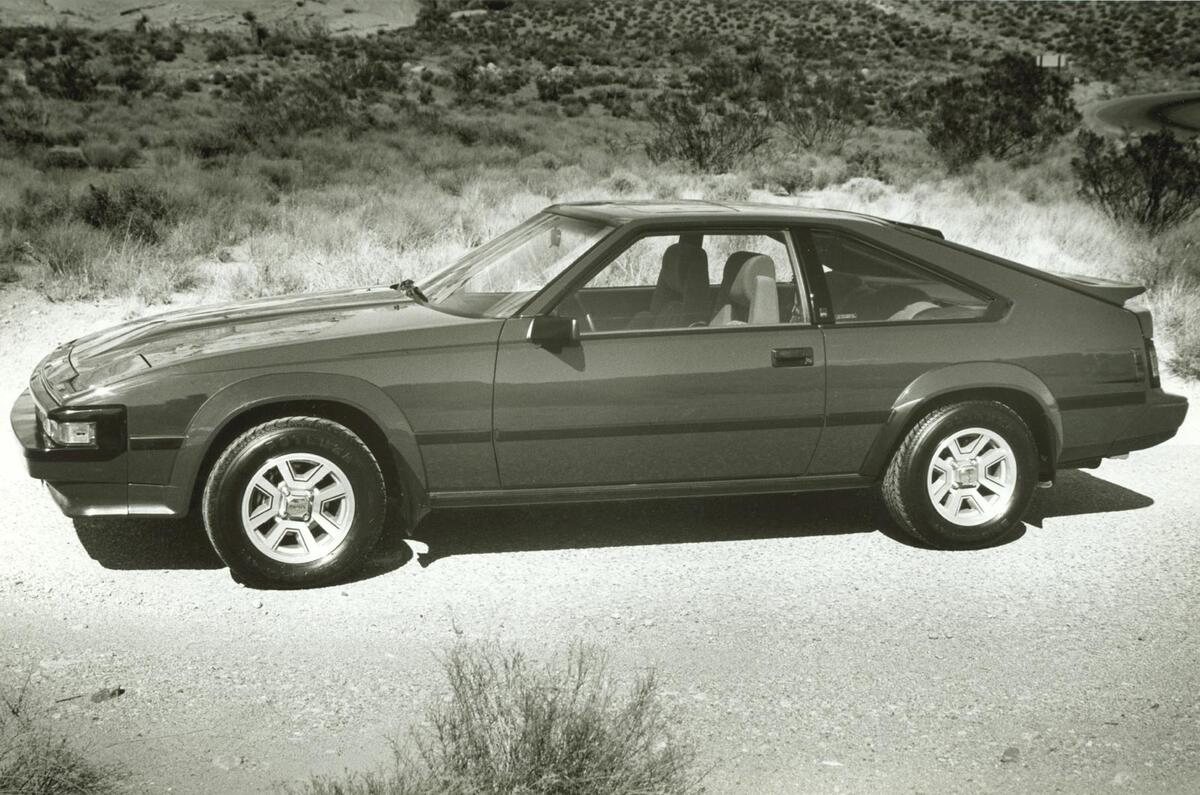
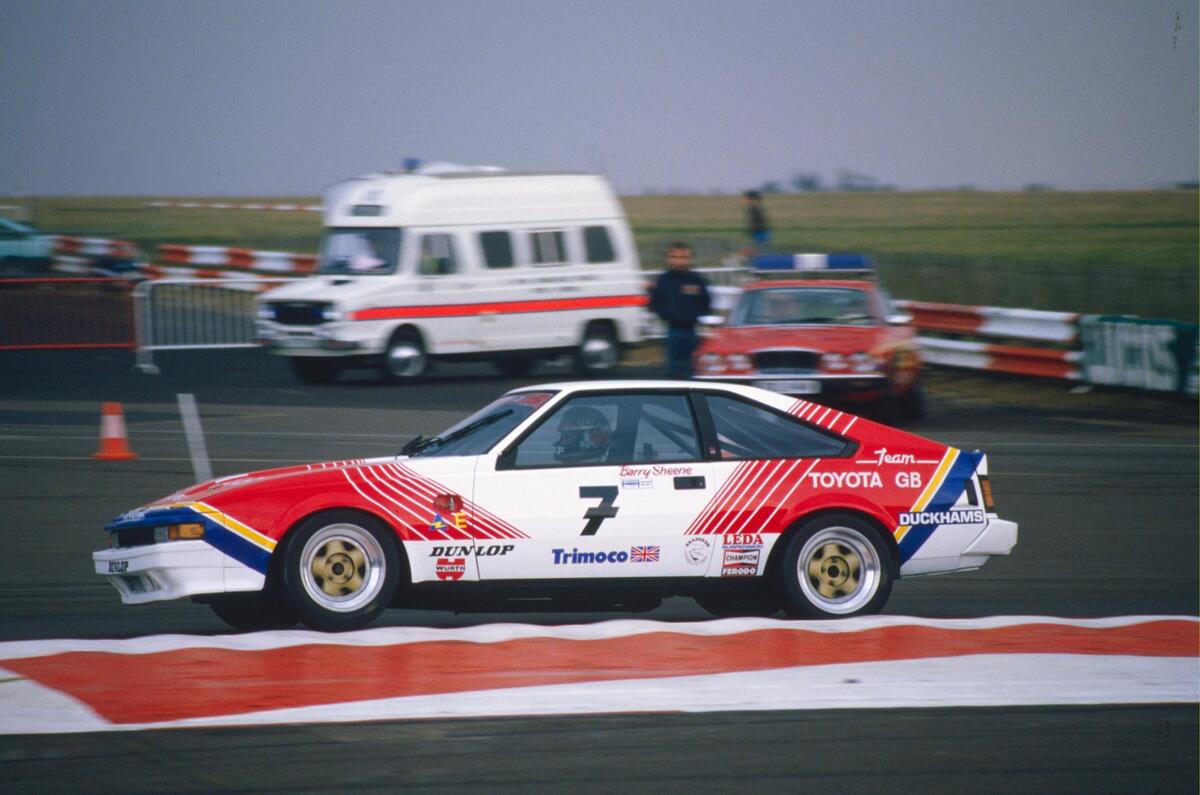

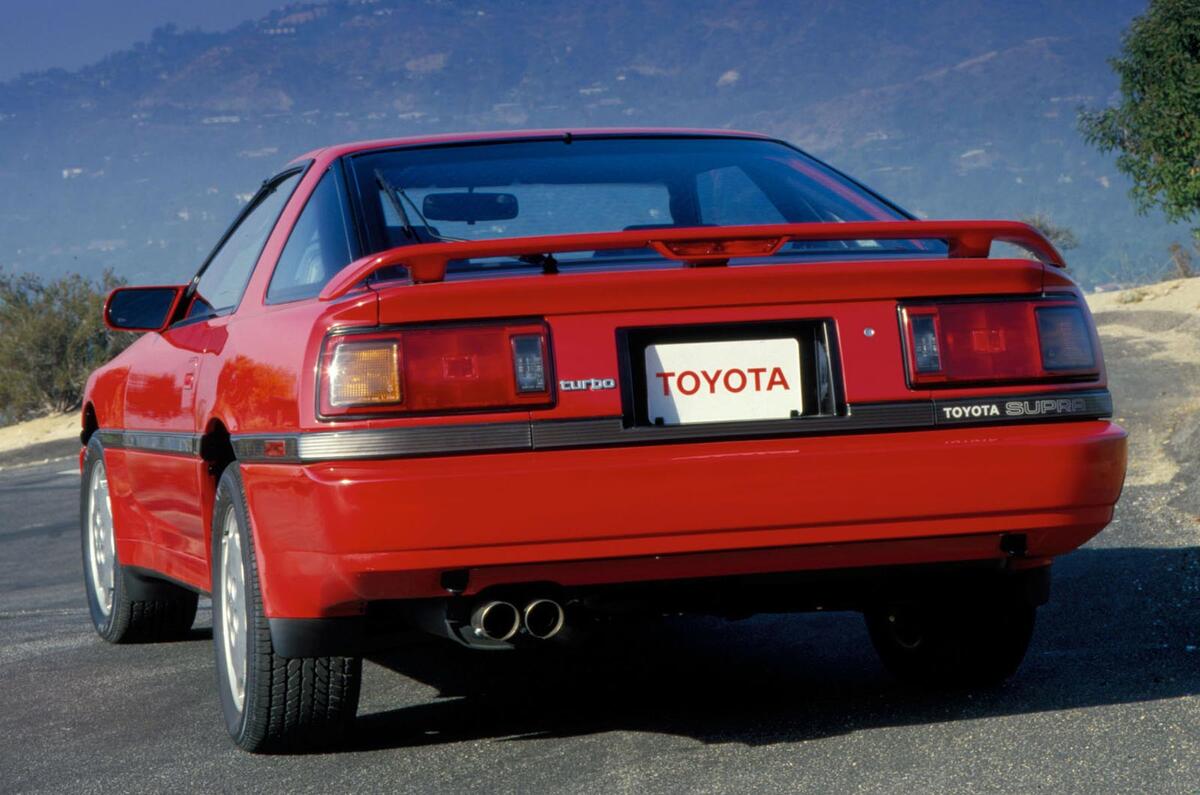
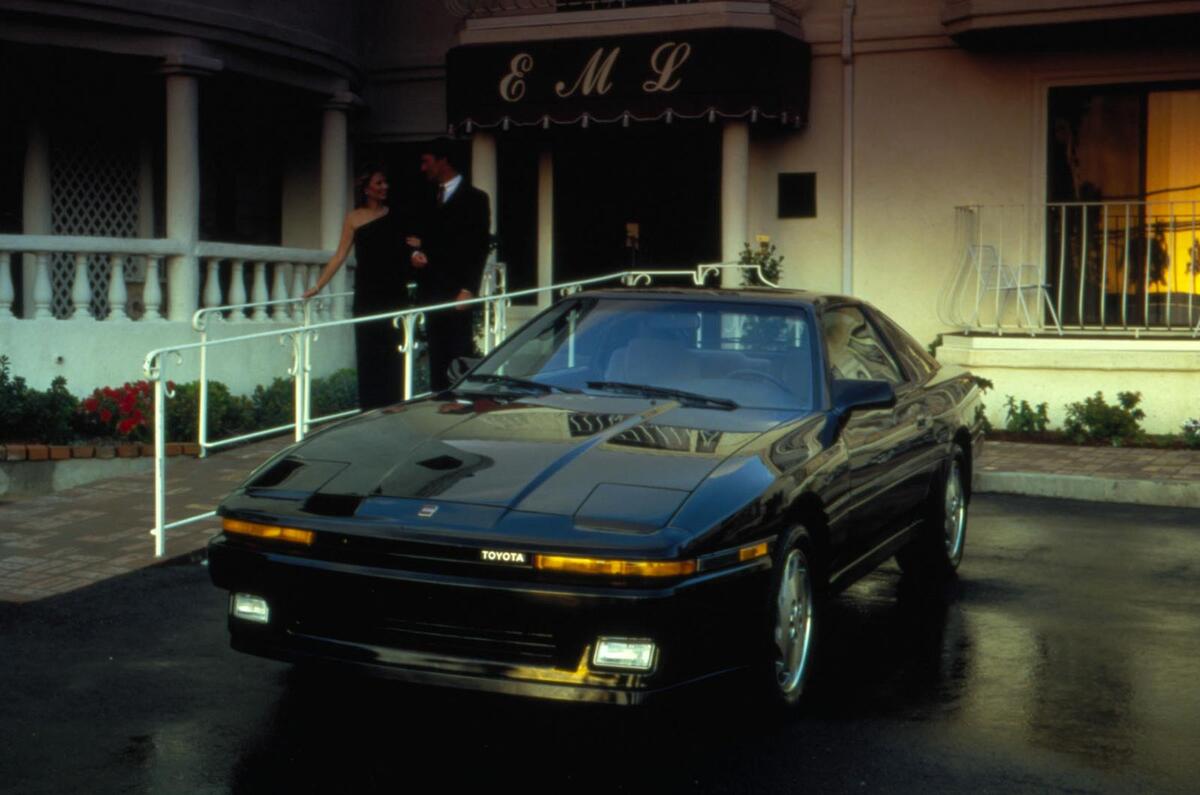
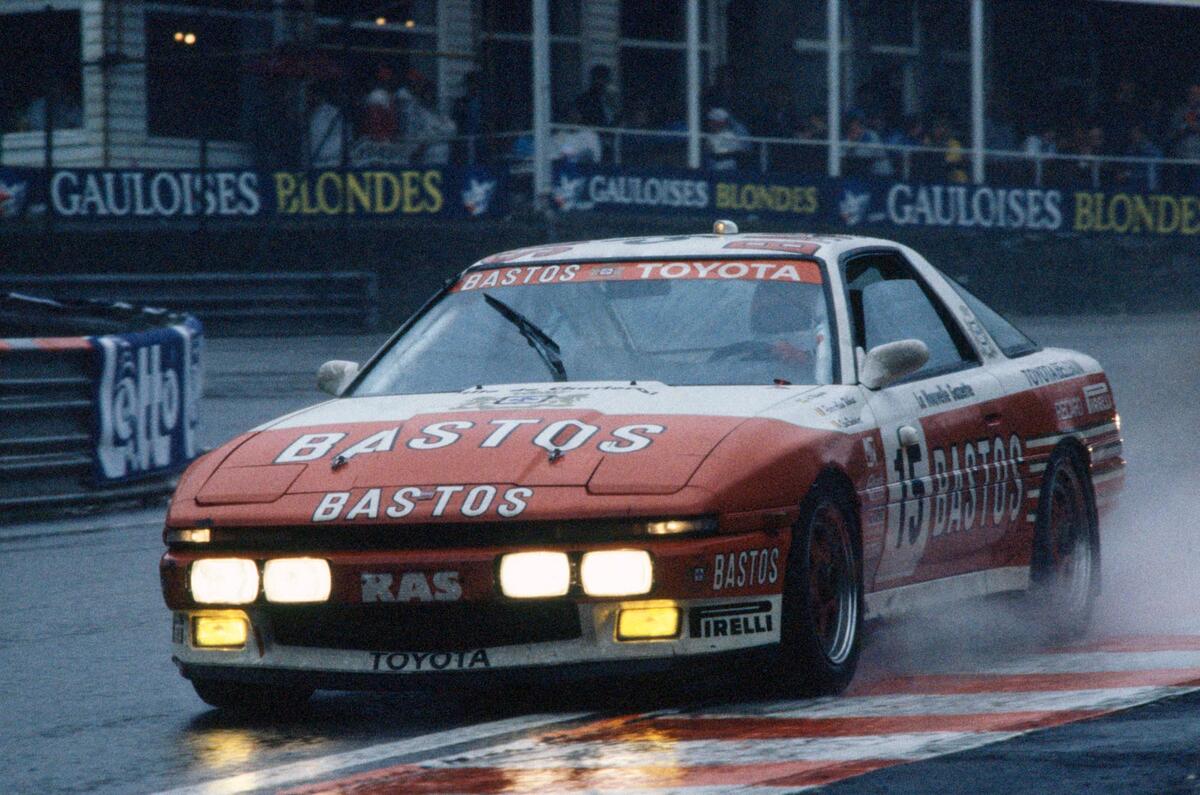
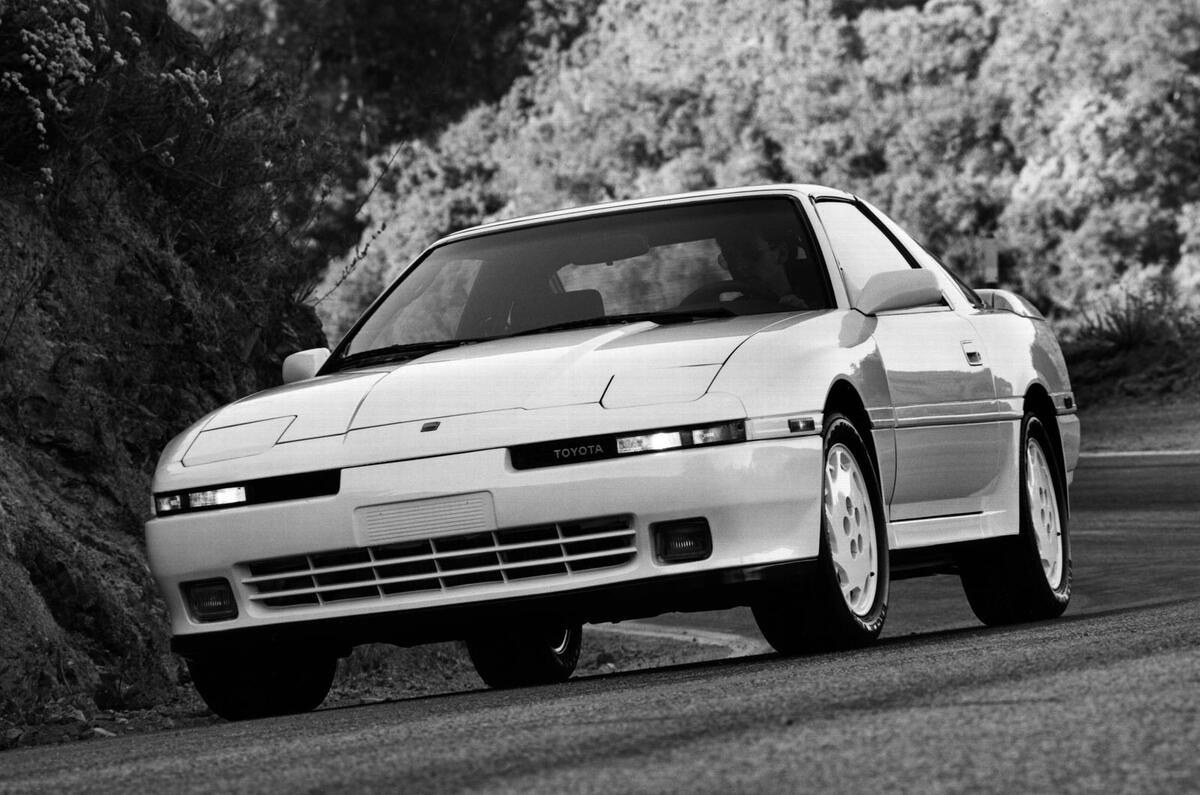
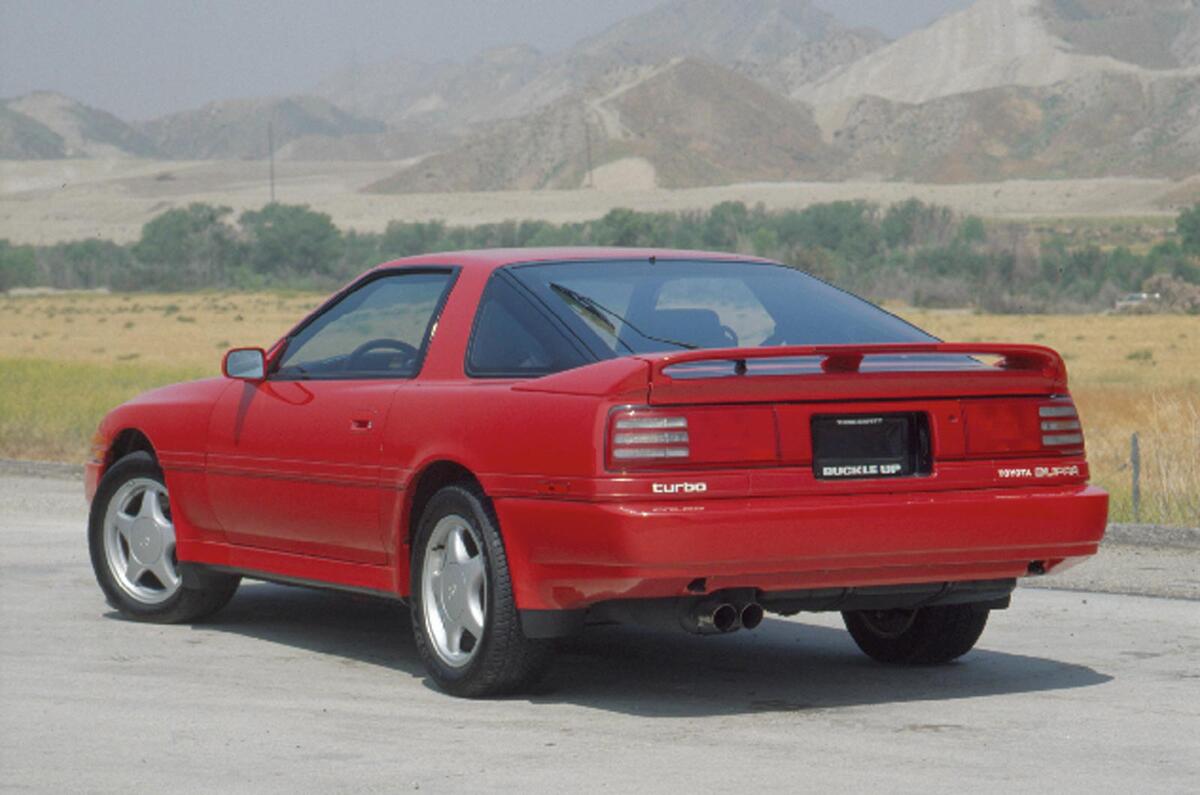
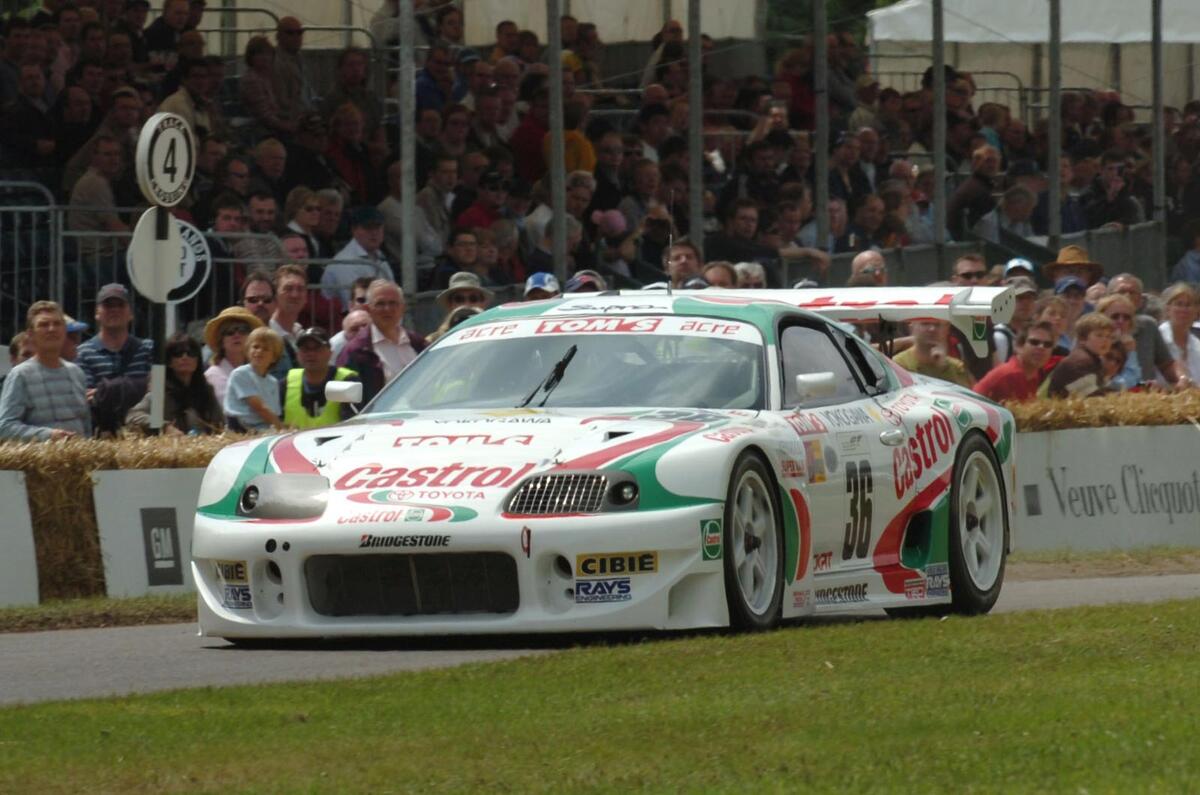

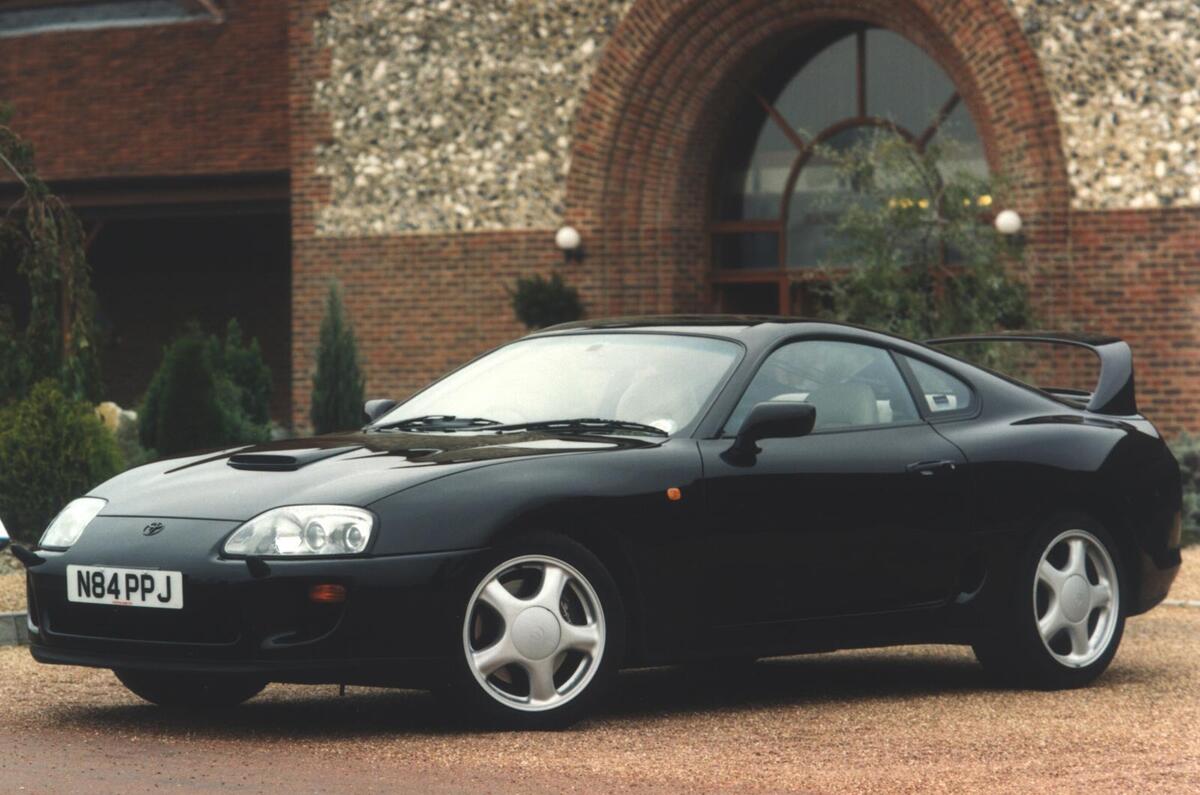
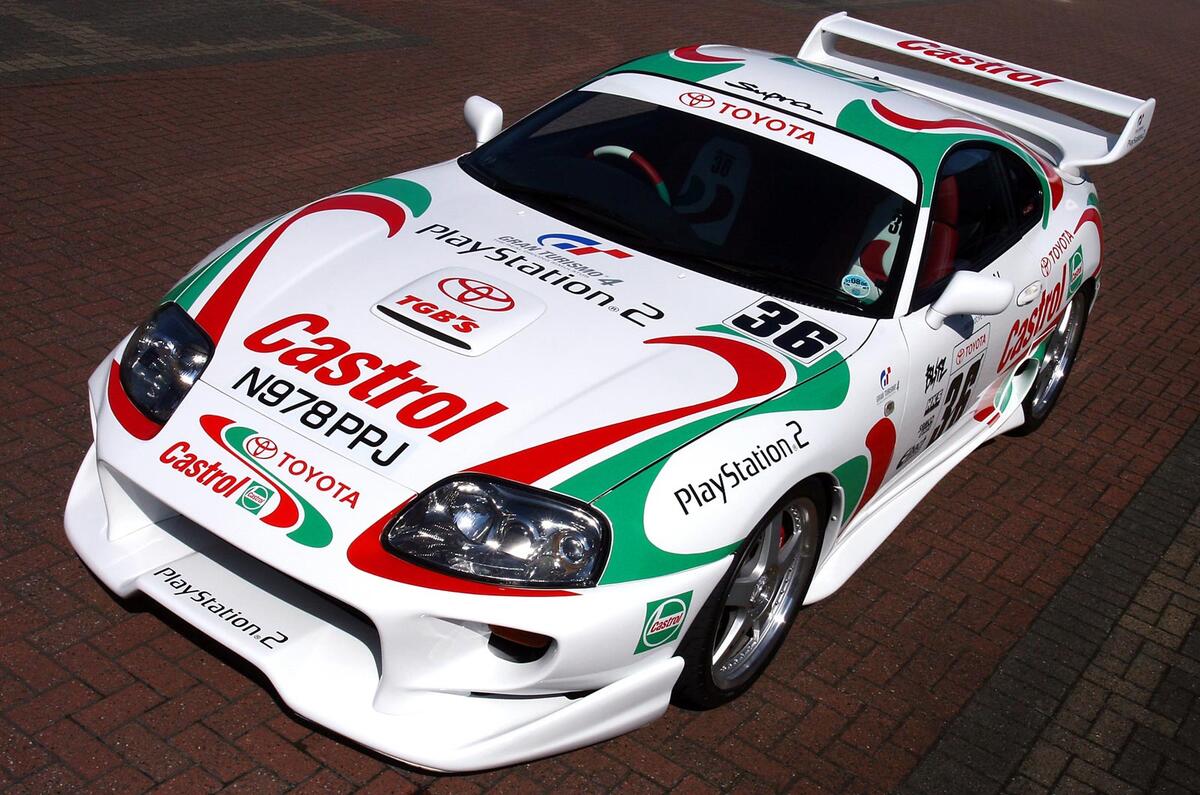
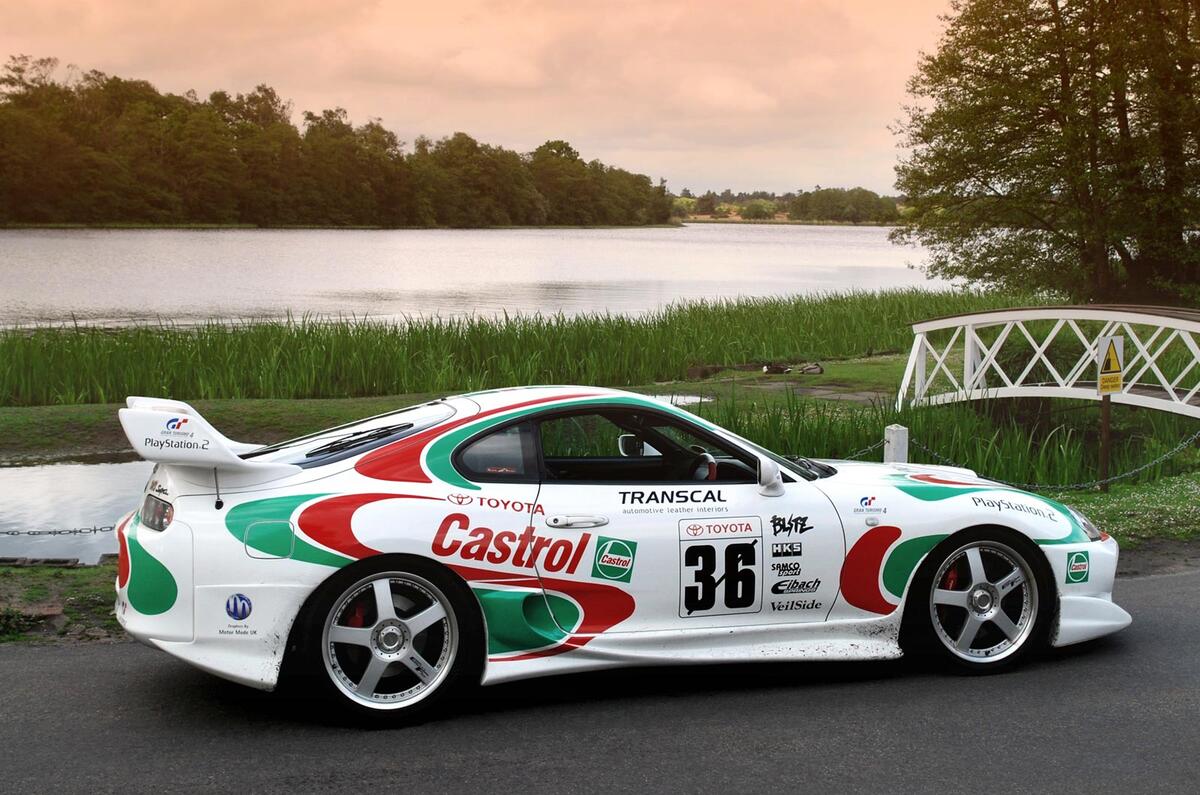
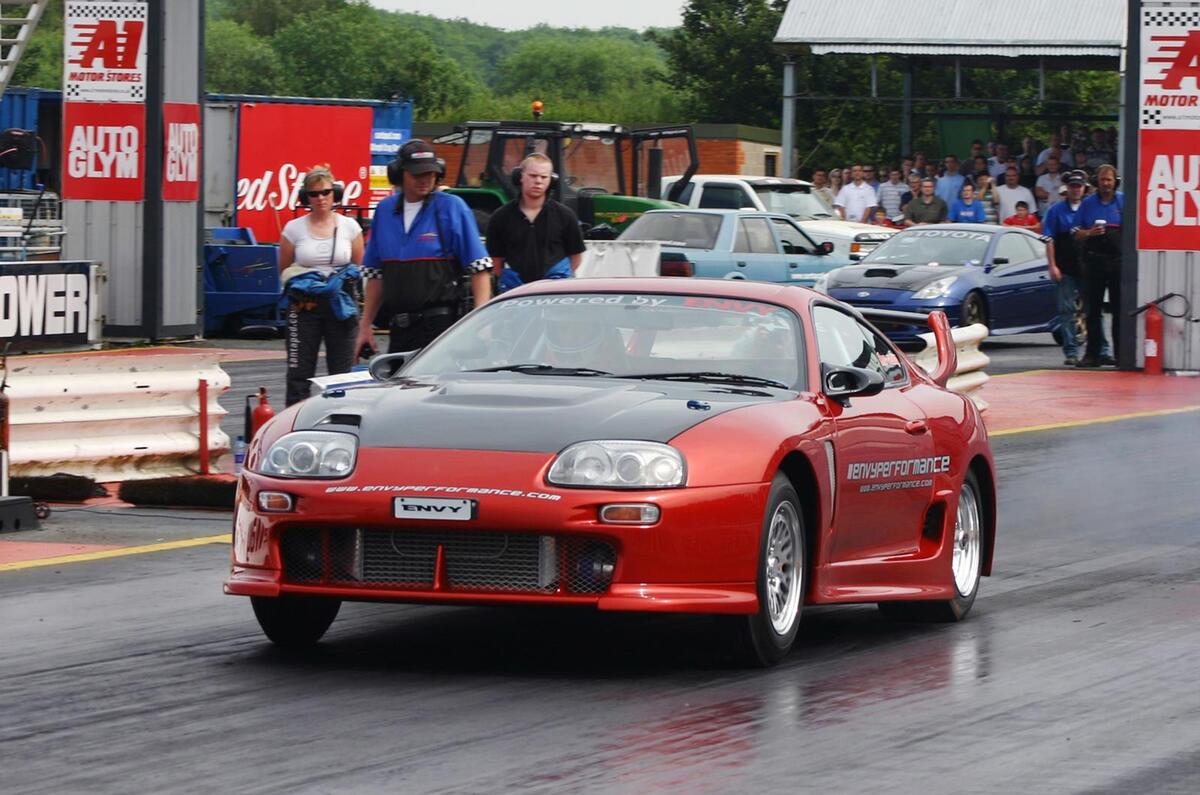

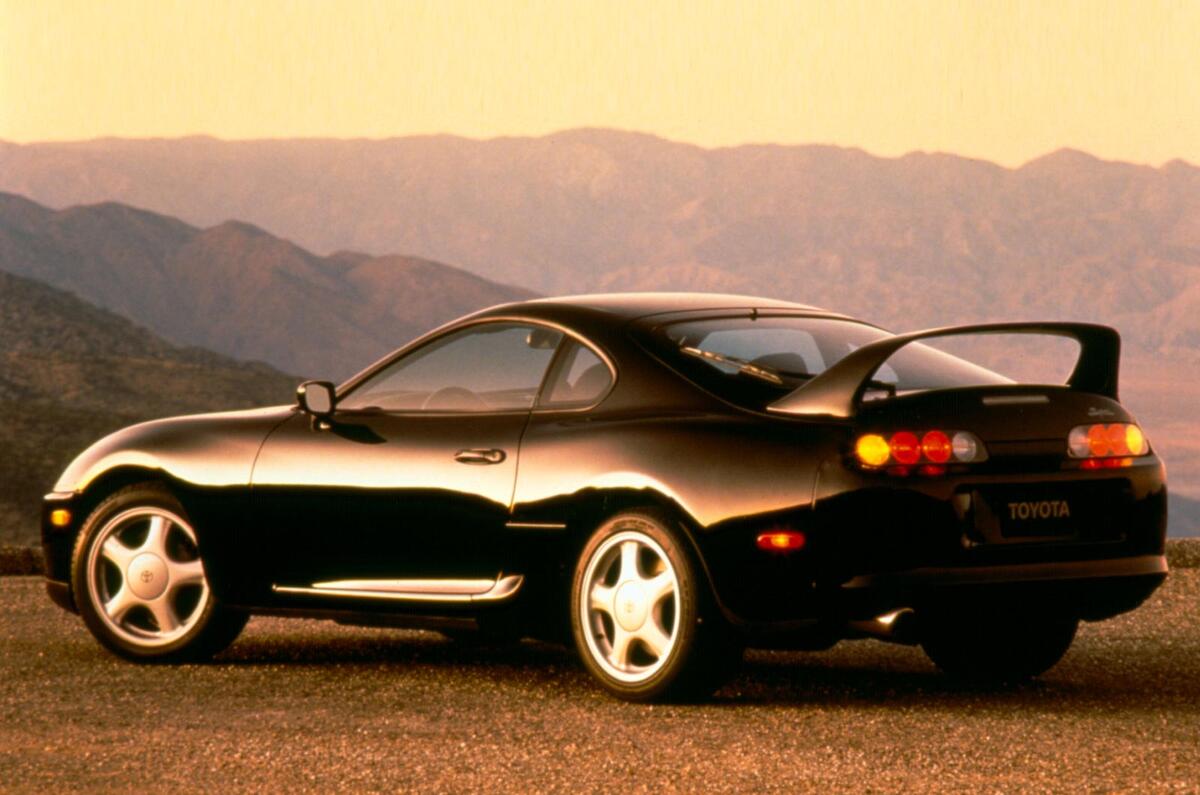
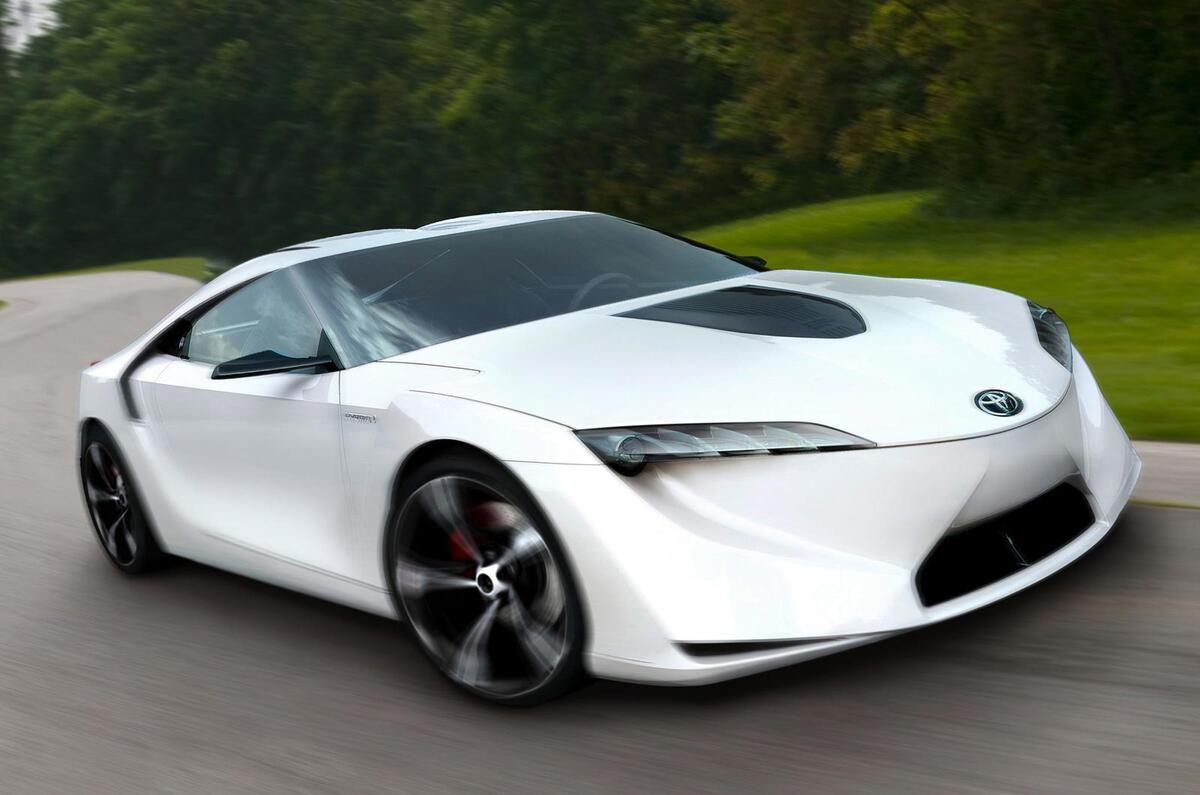
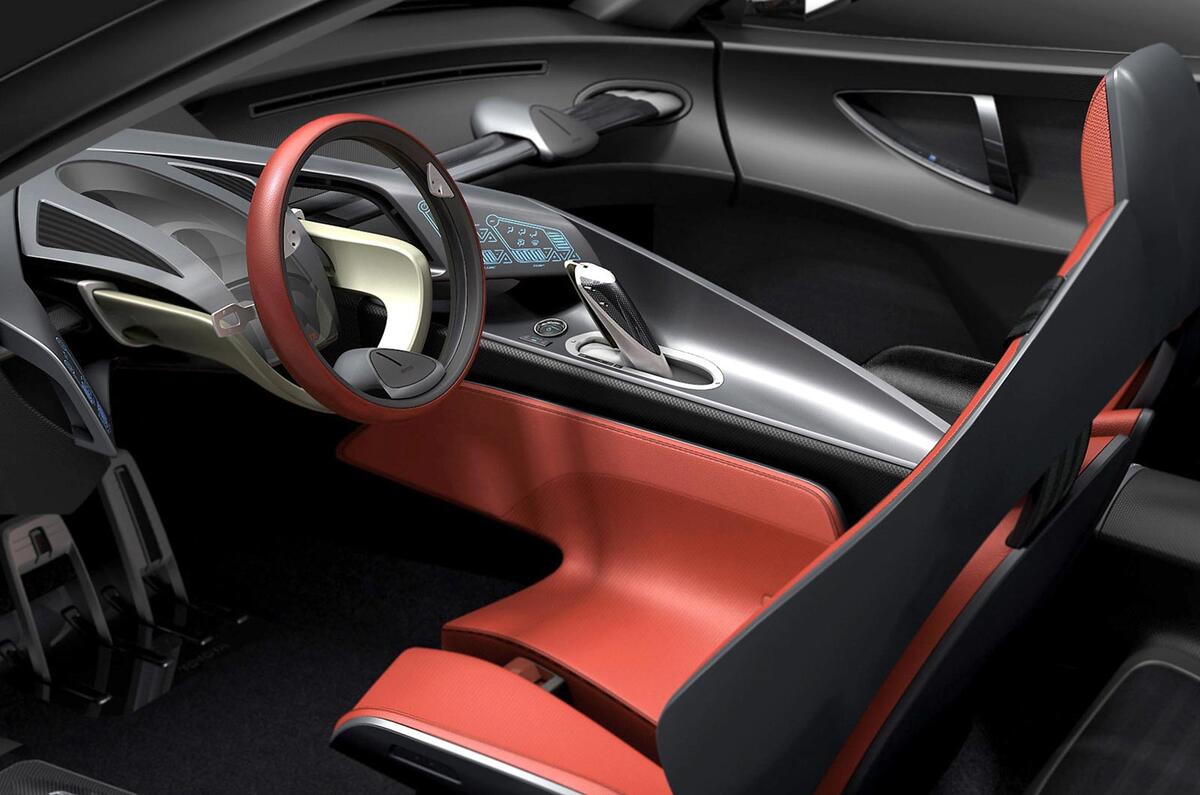
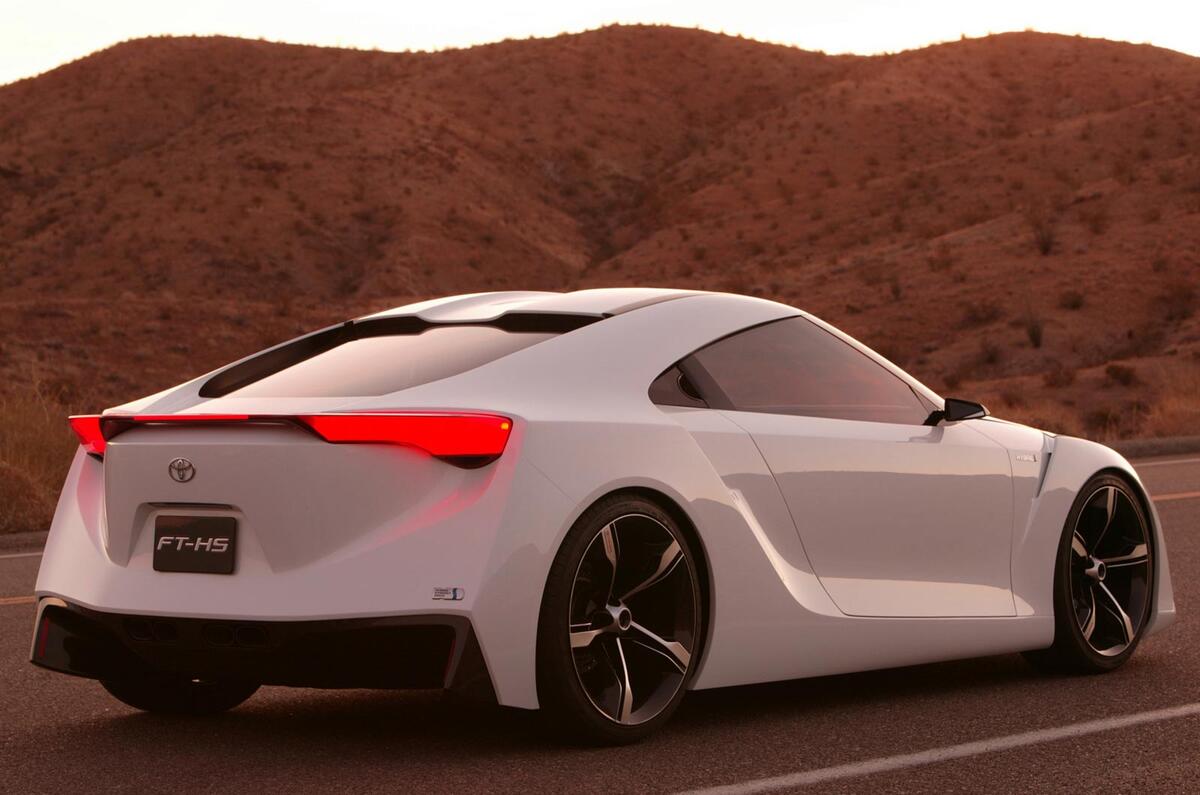
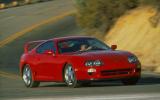
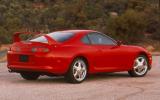
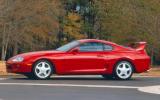
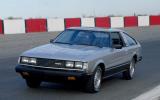
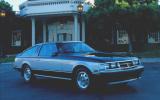
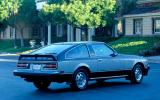
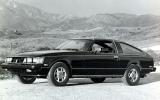
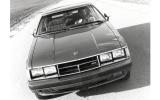

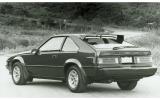
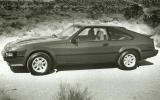

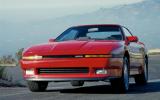
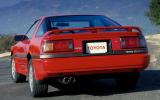
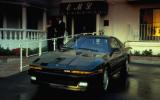
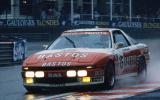
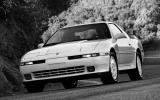
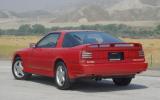



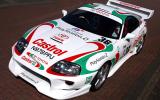
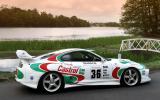
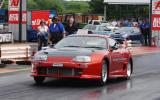

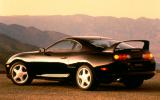
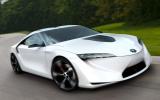
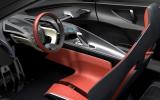




Join the debate
Add your comment
The Supra is one of the great
The Supra is one of the great unsung heroes of the motoring world. Clearly the rear spoiler isn't big enough though. Just fit some Sparco OZ wheels.